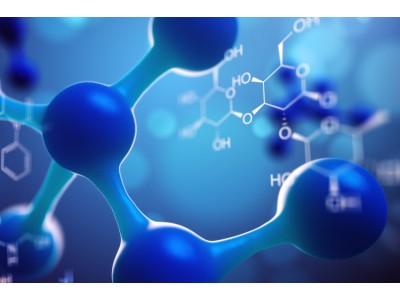| Bioactivity | PA-8 is a potent, selective and orally active PACAP type I (PAC1) receptor antagonist. PA-8 inhibits the phosphorylation of CREB induced by PACAP in PAC1-, but not VPAC1- or VPAC2-receptor. PA-8 also inhibits PACAP-induced cAMP elevation with an IC50 of 2 nM[1][2]. | ||||||||||||
| Invitro | In PAC1/CHO cells, PA-8 (10 pM to 10 nM; 30 minutes) dose dependently inhibits PACAP (1 nM)-induced CREB phosphorylation. In VPAC1/CHO and VPAC2/CHO cells, PACAP (1 nM) also induced CREB phosphorylation; however, PA-8 (10 pM to 10 nM) does not inhibit PACAP (1 nM)-induced CREB phosphorylation[1]. | ||||||||||||
| In Vivo | PA-8 (100 pmol/5 µL; intrathecal injection; once; male ddY mice) treatment inhibits PACAP-induced aversive responses and mechanical allodynia in vivo[1].PA-8 (3-30 mg/kg, p.o.) treatment results in the dose-dependent attenuation of the second phase of formalin-induced nociceptive responses. PA-8 also inhibits c-fos upregulation in the ipsilateral dorsal horn of the spinal cord[2]. Animal Model: | ||||||||||||
| Name | PA-8 | ||||||||||||
| CAS | 878437-15-1 | ||||||||||||
| Formula | C17H18N4O4 | ||||||||||||
| Molar Mass | 342.35 | ||||||||||||
| Appearance | Solid | ||||||||||||
| Transport | Room temperature in continental US; may vary elsewhere. | ||||||||||||
| Storage |
|
||||||||||||
| Reference | [1]. Ichiro Takasaki, et al. In Silico Screening Identified Novel Small-molecule Antagonists of PAC1 Receptor. J Pharmacol Exp Ther. 2018 Apr;365(1):1-8. [2]. Ichiro Takasaki, et al. The novel small-molecule antagonist of PAC1 receptor attenuates formalin-induced inflammatory pain behaviors in mice. J Pharmacol Sci. 2019 Feb;139(2):129-132. |
